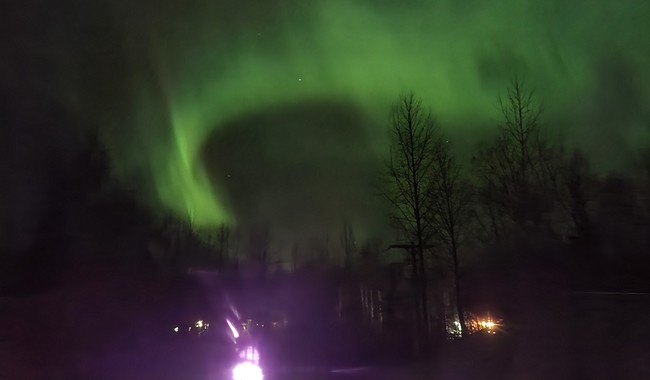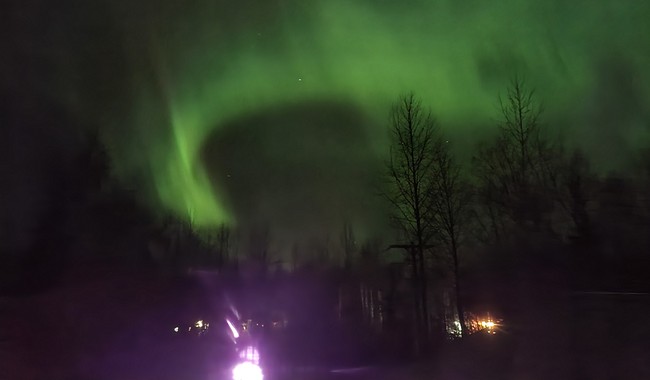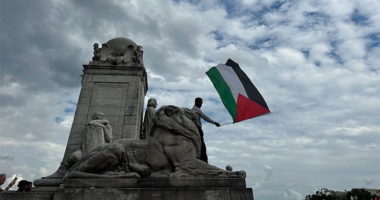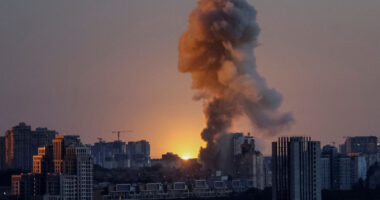
Living in Alaska grants us the privilege of witnessing breathtaking natural landscapes and occurrences that are uncommon in other parts of the country. A common humblebrag my wife and I like to indulge in is pointing out to visitors that while Alaska is a bucket-list destination for many, we are fortunate to call it home.
For instance, during the last New Year’s Eve celebration, we opted to stay at a lodge for the night to fully relish the occasion. The lodge owners had organized a fireworks display scheduled for midnight. As we gathered on the deck in anticipation, our plans were momentarily halted by a mesmerizing display of the aurora borealis dancing across the night sky in vivid shades of green and blue.
Now, a lot of people in the lower 48 may be treated to just such a show.
Thursday night and for a few nights to come, much of the northern tier of the United States will be sharing that view with us Alaskans.
Some U.S. states could be treated to a northern lights display thanks to a minor geomagnetic storm on the sun, according to space forecasts.
There is anticipation for another spectacle of the aurora borealis on Thursday night, with the National Oceanic and Atmospheric Administration (NOAA) Space Weather Prediction Center forecasting a Kp index of four out of a possible nine.
The northernmost states in the U.S. have the highest chances of seeing the northern lights, including Alaska, Washington, Idaho, Montana, North Dakota, South Dakota, Minnesota, Wisconsin and Michigan, NOAA’s aurora viewline map shows.
Turns out that this may last a while.
In October, the sun’s magnetic field reached its solar maximum in its 11-year cycle, according to NASA. When sunspots produce a solar flare, coronal mass ejections (CMEs), which are bursts of magnetized plasma emitted from the sun’s corona, travel toward Earth as part of the solar wind, manifesting in a dazzling light show of luminous greens and pinks as the material interacts with Earth’s magnetic field.
The lead-up to the solar maximum resulted in the best northern lights display in 500 years in May, when a series of powerful solar storms made the lights visible as far south as Alabama.
Of course, those states listed, aside from us here in Alaska, are also gifted with nights where it gets dark enough to see the auroras; in summer, here, through much of the summer the sky, even at midnight, is still lit up by a sun that’s just below the horizon.

















